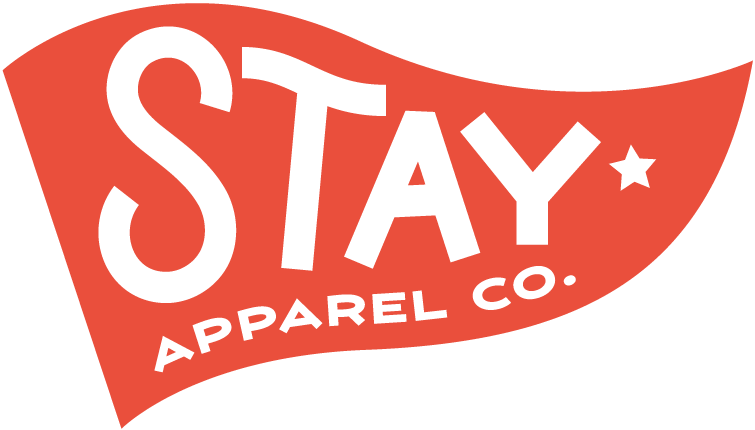Feeling red, white and blue on an American road trip
We tried to drink craft beer wherever we were, including Austin, Texas.
Forty years ago, William Least Heat-Moon had a New York Times best-seller, “Blue Highways,” which chronicled his trip across the United States by way of the rural roads that were noted in blue in his atlas.
Least Heat-Moon, aka Bill Trogdon, lived in Columbia, Mo., while I was a journalism student at the University of Missouri. I worked in the circulation department of the Columbia Daily Tribune, which is how I found his phone number and attempted to interview him for one of my classes.
Oddly, though we lived in the same city, he suggested I take a bus to Kansas City to interview him at an appearance he was making there.
We never connected and “Blue Highways” has been in my rearview mirror for decades. But I thought about “Blue Highways” again in light of the 11-day, 13-state, 3,600-mile road trip I took in October with my wife, Sara. Like Least Heat-Moon, we saw a significant swath of the United States on our journey.
Our son, Jack, was with us for the front end of the trip, the point of which was to move him to Texas. Sara and I added a number of destinations as we made our way back to Hershey, Pa.
Traveling many more interstates than blue highways, we returned home not weary but rather invigorated by where we had been and by what we had seen.
No better way than by car
What a road trip it was, from the people we met to the places we visited to the beautiful weather nearly everywhere except for a scary downpour in downtown Houston.
We reconnected with former neighbors in Nashville and my oldest sister and her husband in Dallas; we ate brisket in Austin and beignets in New Orleans; we sipped sweet tea near Tuscaloosa, Ala., and Coke products from around the globe at World of Coca-Cola in Atlanta.
We tried to drink craft beer wherever we were: on a patio in Little Rock, Ark., a porch in Meridian, Miss., at the Spoetzl brewery in Shiner, Texas, on Bourbon Street in the Big Easy.
At Jack’s behest, we made a pilgrimage to Gibson Garage (guitars) and Jack White’s Third Man Records in Nashville. We visited the hometowns of Chip and Joanna Gaines in Waco, Texas, and Ben and Erin Napier in Laurel, Miss. We experienced the solemnity of Dealey Plaza and the former Texas School Book Depository building in Dallas.
We never stayed in the same place more than one night, feeling not unlike Sneezy Jones, the cat back home that we sorely missed. We had places to see and not a lot of time to fit everything in.
Our Honda Pilot guzzled too much gas, but driving is my favorite way to travel. I like leaving and arriving on my schedule. And with a trip like this, there’s simply no better way than by car.
It sure was handy when we adjusted our plans, forsaking Montgomery, Ala., when we realized that the Legacy Museum is closed on Tuesdays, for Atlanta and adding a last-minute stop in Greenville, S.C., en route to Asheville, N.C. Try doing that by air, bus or train.
Thinking smaller
The key to fitting everything in was focusing on one or two to-do items in each city. The adage “leave them wanting more” applies to vacations. I’d rather yearn to return than stay too long.
Perhaps my most significant takeaway after all those miles behind the wheel is that I have a greater affection for the United States every time I travel its highways and byways. To be sure, too much of it looks the same, with strip malls and chain stores that I have no interest in visiting when I’m at home, much less while I’m traveling.
That’s why we seek out unique attractions, independent stores and locally owned restaurants. In these endeavors, we’re rarely disappointed.
In fact, my grand vision for America is that we start thinking smaller. Not in the sense of narrow-mindedness, but in terms of how our actions can have a more profoundly positive effect on our communities.
It has become way too easy to buy everything online and then wait for the delivery truck to bring it to our front porches without considering where products are made. The condition in which we find the places we visit in America is partly reflection of the buying decisions we all make every day.
Whether I purchase jeans made in Chicago, a football fabricated in New Jersey, or a rubber stamp made in Davenport, Iowa, in very small ways I help to spark those local economies. That makes them more vibrant places in which to live or to visit.
That’s important to me because, selfishly, I have many more road trips I’d like to make.

